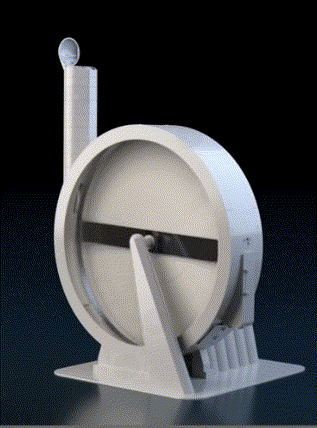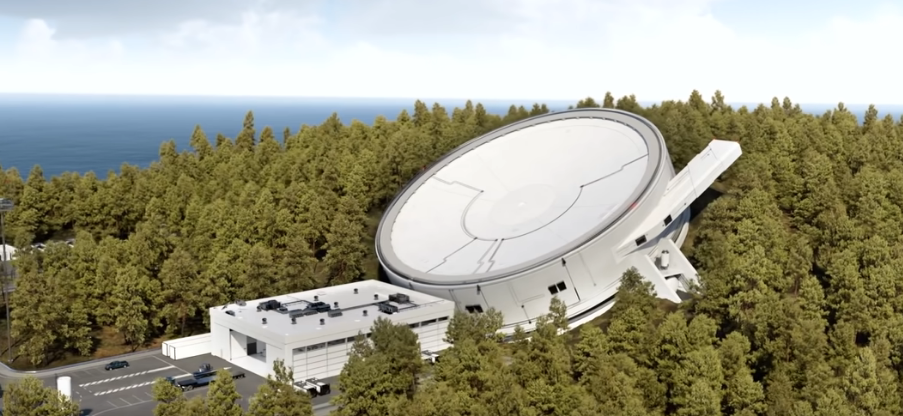Throwing things into space
... Throwing (yeeting) rockets at about mach1 using electric motors to spin the propelling launcher's 100m rotating arm at 450rpm (that rotation speed is around 2km per second, about the same as a SpaceX Falcon 9 second stage when it performs stage separation). The chamber is evacuated, so they cover the top of it with a thin membrane which the projectile just breaks when it shoots through it. It launches at around 10g apparently.

The disk with ejection barrel pictured below is about the length of the statue of liberty. They built and did a launch I think, but I don't think their full-scale version is built (which I think might be the image below).
The company is Spinlaunch.
Rockets use a lot of fuel just to get from earth to space.

